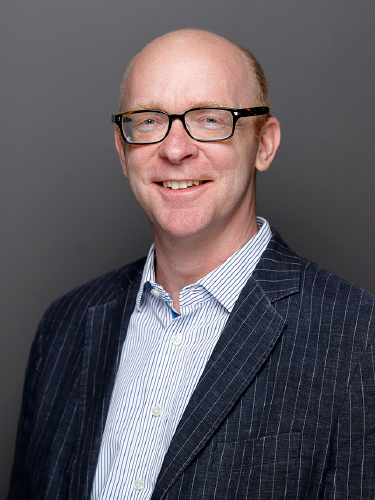Professor Amar Flood
Professor Amar Flood
Department of Chemistry
Indiana University
Host: Professor Valerie Pierre
Anion Recognition and Hierarchical Assembly
Ions are intimately related to the sustainable and technological development of our society, which has helped motivate creation of synthetic receptors to manage cations and anions. Of these, cations have enjoyed the lion’s share of our attention ever since Werner’s Nobel in 1913 recognized the reliability of their coordination chemistry. Anions have barely had a look in. These negative beasties are large, diffuse and difficult to pin down. Yet they can no longer be ignored. Their roles are diverse and span from the use of dihydrogen-phosphate (H2PO4–) in fertilizer through to hexafluoro-phosphate (PF6−) used as the workhorse electrolyte in Li-ion batteries. This talk will cover recent works tackling these and other anions with shape-persistent and shape-dynamic receptors in the form of cyanostar macrocycles and triazole-based macrocycles, cages and foldamers. Along the way, the interplay between receptor and anion has grown more reliable, whether by design or discovery. This upgrade in status now allows us to learn the rules governing how anions can be used in self-assembly synthesis to control the structures and functions of advanced materials from supramolecular polymers to predictably fluorescent solids we call SMILES.
Amar Flood
Amar Flood was educated at Otago University, New Zealand (BSc Hons 1st, 1996; PhD 2001) under the supervision of Keith C. Gordon. He joined the group of Sir Fraser Stoddart (2002) at UCLA as a postdoctoral scholar conducting research on interlocked molecules and molecular switches. He started at Indiana University in 2005 as an Assistant Professor, was promoted to Associate Professor in 2011, named the James F. Jackson Associate Professor in 2014, and was promoted to full Professor and named the Waterman Professor in 2015. He was Director of Graduate Studies from 2013-2019. He conducts research in four areas: (i) Anion recognition with CH hydrogen bonds. (ii) Molecular switches, both independently and with collaborators. (iii) Ultrabright fluorescent materials by design. (iv) Applications of anion recognition. He has co-organized three international symposia, chaired multiple scientific symposia including NSF and GRC sponsored meetings, is currently funded by the NSF and DOE and he is a Camille Dreyfus Teacher-Scholar.
